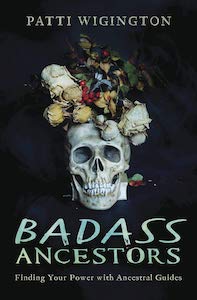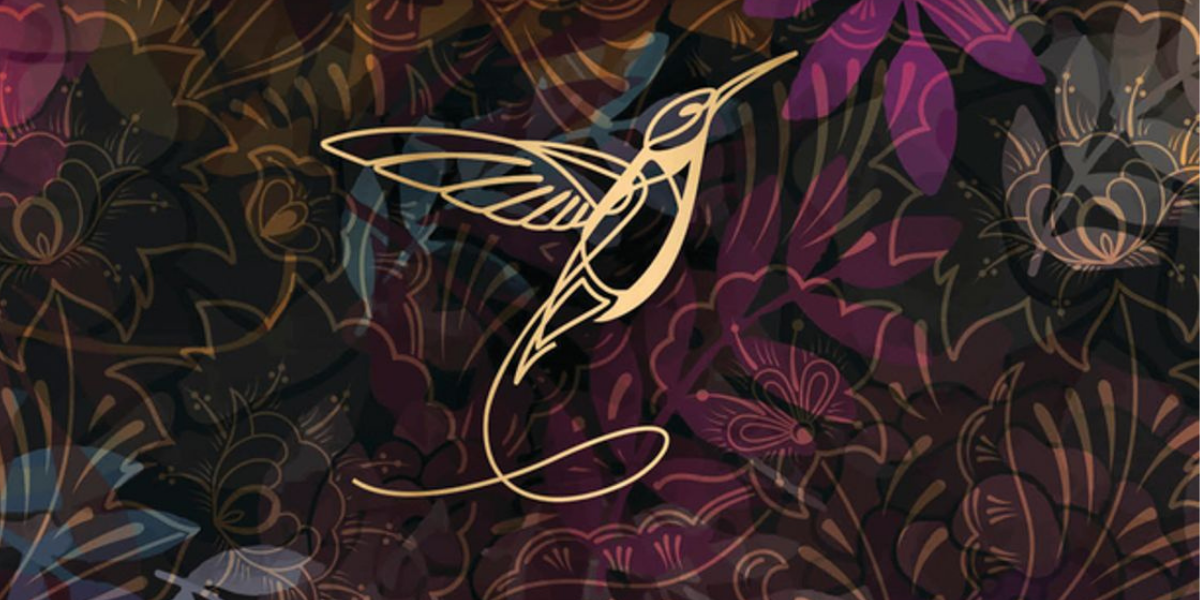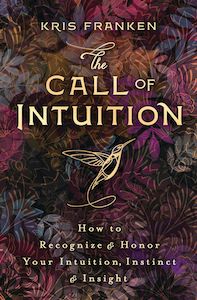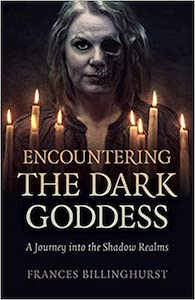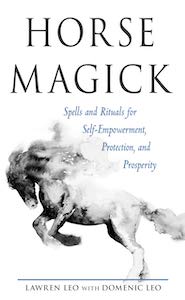
Horse Magick: Spells and Rituals for Self-Empowerment, Protection, and Prosperity, by Lawren Leo with Domenic Leo, PhD
Weiser Books, 1578636983, 208 pages, 2020
Using animals in magical practice is a familiar theme (see what I did there?) that resonates with most practitioners. Many of those who follow some form of occult practice have some type of helper to either guide them through their spiritual work or simply act as a companion. In their book, Horse Magick: Spells and Rituals for Self-Empowerment, Protection, and Prosperity, both Lawren Leo and Domenic Leo draw on their own experiences to illustrate and detail the art of practicing magick with the Horse Spirit that resides within all of us.
Both brothers have ample experience in both dealing with horses and practicing magick. Growing up, they were introduced to horses and riding and never looked back. As a psychic, Leo has authored many books and owns a metaphysical store that Domenic is head buyer for. Additionally, Domenic holds numerous degrees in a variety of subjects and is widely published. Together, they have created a unique reading experience that results in a book that is difficult to put down once started. This book is their shared experience, with one delving into the historical background of various horse deities and the other crafting specific spells designed to procure whatever it is needed.
This book is not laid out in the typical fashion. Its nonlinear approach is comforting to me personally, as I like jumping around from section to section. Here, you are not penalized for doing so; in fact, jumping around is encouraged! Here’s the difference though: in order to find the spell you want, you need to know what type of horse it relates to. The table of contents lists the different types of horses: Ancient Horse, African River Horse, Marble Horse, and so on. Not familiar with any of the horses listed? A brief skim of each chapter signals the kind of spellwork that coincides with the spirit and the spell that follows makes it crystal clear.
The introduction is a wealth of information if you are patient enough to read it all the way through. The temptation to jump ahead and let spirit guide your reading selection a la bibliomancy is hard to resist. Case in point: when I randomly opened the book to a page I found precisely what I was looking for. Although I don’t have horses anymore I do have cats, and the spell I found on page 64 brought me to tears. Called “Spell for Bonding With, Protecting, and Remembering Animal Companions,” this beautiful ritual does precisely what it says. Maybe I’m totally reading into things but I swear my normally aloof cat was a bit more affectionate after I did this ritual. It’s hard to tell with cats, but I am choosing to believe.
Thoroughly researched horses and deities provide the backdrop for this magnificent book. While there is a lot of information presented, it’s done in such a way that you are grateful for the information. Every chapter of this book brings new ideas for personal spellwork and although I am not a high ritual type of witch, I can absolutely appreciate the amount of care and thought that each spell clearly has built into it. These are not spells to be done off the cuff: these are the type of spells that you need to prepare for and make sure you have everything ready prior to beginning. Horse spirits are akin to real horses in that they have no patience if you don’t know what you are doing and aren’t prepared.
Having said that, Chapter One is designed to prepare you so that you are ready for the spellwork. In explaining what the Horse Spirit is, Leo offers “The essence of the Horse Spirit is freedom… the horse’s intimate relation with spirit and nature… are compelling reason to use equine magick.”1 Using equine magick involves partnering with the horse spirit within, something that many of us yearn for but simply don’t know how to access.
Leo takes the reader through the process of connecting with this inner guide by offering a spell to provide freedom from burdens and stress. This simple spell involves sitting, something that I enjoy very much, and a chant that can be repeated as many times as needed. The rhythmic chant is relaxing and invigorating at the same time and could bring on an altered state of consciousness called the alpha state. I won’t go into those details here as it’s something that can be easily looked up. The fact that there is no prescribed amount of times to chant or direction on how many days to chant is not by accident. This is a spell of freedom, and if being burdened is something you struggle with, this spell gives you a starting point to taking back that power and freedom to choose for yourself.
Horse Magick is perfect for those who love professionally researched subject matter that is presented in an easy to read fashion. The spells are designed to be thought provoking and deliberate, with not much room for improvisation in terms of the actual ritual of performing the spellwork. If you prefer your spellwork to be more fluid and open, these spells might be a good jumping off point for you to create your own. I feel anyone who practises any form of magick would do well to flip through this book as it’s well written and laid out in such a way to encourage the reader to find their own inner Horse Spirit.

Sarrah October Young is a writer and practising witch who wished she could do stand-up comedy. When she isn’t writing or witching, she can be found posting about her cats on IG @therealoctober.




